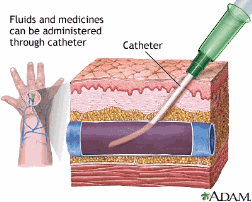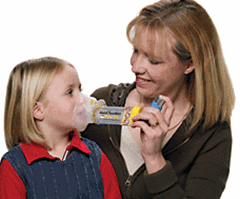 General Nursing Responsibilities
General Nursing Responsibilities
1. Administering Drugs
2. Assessing drug effects
3. Intervening to make the drug regimen more tolerable
4. Providing patient teaching about drugs regimen
Principles of Medication Administration
1. Legal and ethical consideration (Nursing Act)
2. Types of medication order
a. Stat
b. Standing order
c. Renewal order
d. PRN order
e. Verbal order
f. Electronic transmission of patient order
3. Nursing responsibilities in administering drugs
a. Verification
b. Transcription
4. The six rights of administration
a. Right drug
b. Right time
c. Right dose
d. Right patient
e. Right route
f. Right documentation
Routes of Drug Administration
I. Enteral
-
-
- Most convenient route
- Access to systemic circulation
-
b. Sublingual
-
-
- Small amount of drugs are required – blood
- Prompt relief (angina pectoris)
- Venous drainage from the mouth – Sup. Vena Cava
- Drug is protected from rapid first pass metabolism by the liver and GIT
- Achieves immediate absorption into the systemic circulation
-
c. Rectal – anal portal – rectum lower intestine
-
-
- Useful in vomiting & unconscious patient
- 50% absorbed from the rectum will bypass he liver
- Its absorption often irregular & incomplete
- Many drugs causes irritation
-
II. Parenteral
 a. IV – preferred for emergency – immediate response
a. IV – preferred for emergency – immediate response
-
-
- Irritation solutions given in the manner because the blood vessels walls (incentive) & drug injected slowly diluted by the blood.
-
Liabilities:
-
-
- Unfavorable reactions
- High drug concentration attained rapidly
- No retreat
- Repeated administration dependent upon the patient vein
- Drugs in an oily vehicle should not be given in hemodialysis
- Must be perform slowly with constant monitoring
-
b. (IM) Intramuscular
-
-
- Absorption relatively fast
- Used when immediate effect is not required
- Prompt effect is desirable
- Absorption by diffusion
- Rate of absorption following aqueous preparation into deltoid or Vastus lateral is faster than gluteus maximums
- Rate is lower for females in gluteus maximus (attributed to the different distribution of subcutaneous fat, since fat relatively poorly perfused)
-
c. (SC) Subcutaneous
-
-
- Injected into the alveolar connective tissue just below the skin
- Absorption slower than IM
- May be faster than by oral route
- Used for non-irritating drugs
- Rate of absorption constant & slow – show sustained effect
- Rate of absorption of a supplement of insoluble insulin is slow Compared to soluble preparation
-
d. Intradermal
-
-
- Below the dermis
-
e. Intrathecal / Intraventricular
-
-
- Because of blood-brain barrier – show entrance to CNS
- Injected into spinal subarachnoid space
-
f. Intra-arterial
-
-
- To localized its effect in a particular tissue/organ
- Diagnostic agents
- Reserved for experts
-
g. Intraperitoneal
-
-
- Offers large absorbing surface
- Common lab procedure
- Seldom employed clinically
- Caution: Dangers of infection and adhesions
-
-
-
- Gaseous or volatile subs – systemic circulation
- Absorbed through pulmonary epithelium and mucous membrane of the tract
- Access to circulation is rapid because of large surface area
-
Advantages:
-
-
- Instant absorption into the blood
- Local application at the desired site
-
Disadvantages:
-
-
- Poor ability to regulate the dose
- Causes irritation of the pulmonary epithelium
-
-
-
- Immediately beneath the point of application
-
a. Mucous membrane of conjunctiva, nasopharynx, oropharynx, Vagina, urethra, etc. for local effects
b. Skin
-
-
- Systemic absorption – abraided, burned or denuded skin
- Inflammation – enhance absorption
- Oily vehicle + rubbing (inunction) – enhance absorption
-
c. Eye
-
-
- Local effect
- Systemic absorption through nasolacrimal canal
-
images from: nursingcrib.com, masspro.org, shifaa.ca, napsnet.com, mountnittany.org











